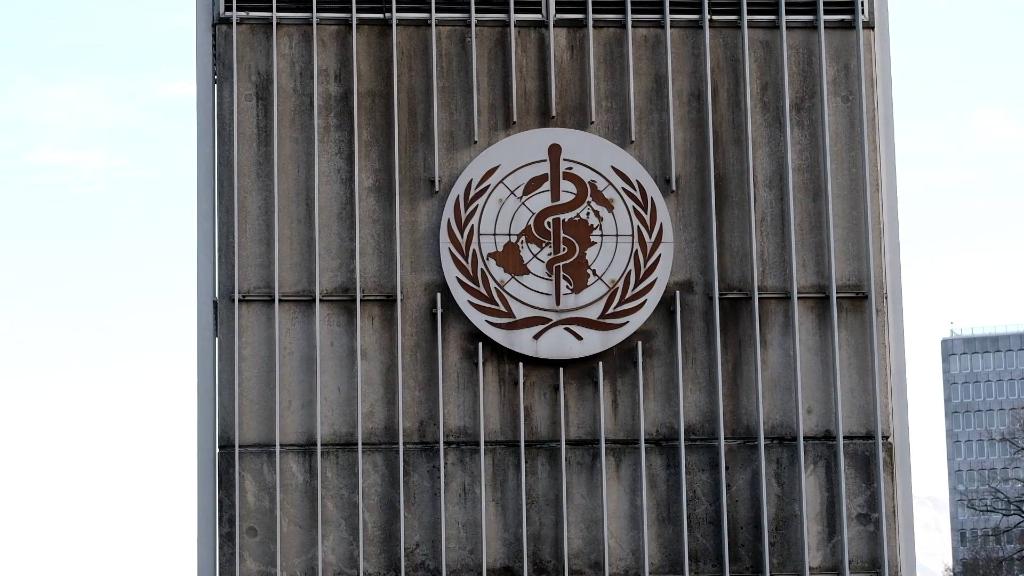
A brain sculpture is seen at the Brain Project art exhibition in Nathan Phillips Square Pond in Toronto, Canada, on July 21, 2021. With 50 brain sculptures by local and international artists, the Brain Project art exhibition is displayed at some of Toronto's most-visited locations to raise awareness about brain health and funding for research for Alzheimer's and related dementia. (Photo by Zou Zheng/Xinhua)
HANGZHOU, Jan. 31 (Xinhua) -- "I feel as if I'm losing all my leaves. The branches and the wind and the rain. I don't know what's happening anymore. Do you know what's happening?"
In the movie The Father, Anthony Hopkins's portrayal of an aging man suffering from dementia gives viewers a close-up experience of an Alzheimer's Disease (AD) patient and a caregiver.
After eight years of work, researchers from Westlake University and Tsinghua University found a new molecular mechanism for the activation of an AD risk gene, providing hope for developing a wonder drug for the disease.
AD is the most common cause of dementia. So far, no drugs or treatments can cure AD or reverse the process. In China, statistics show about 10 million people aged 60 and above have AD, accounting for one-fourth of the patients worldwide.
In recent years, there has been a change in AD studies from a decade ago. Experimental drugs that target brain plaques thought to cause the disease cannot help patients avoid memory loss and other cognitive issues. Pharmaceutical companies suspended clinical trials and lost billions along the way.
Some scientists started to look for answers from genes.
A gene named APOE is a significant genetic risk factor for Alzheimer's. It has three common forms. APOE2 reduces the risk of Alzheimer's. APOE3, the most common form, doesn't affect the risk of the disease. APOE4 is associated with getting Alzheimer's at an earlier age.
Every person has two copies of each gene, one inherited from each parent. Scientists have found that people with one copy of APOE4 have a threefold risk of getting Alzheimer's, and those carrying two copies have eight to 12 times higher risk.
Meanwhile, the proliferation and activation of microglia in the brain is a prominent feature of Alzheimer's. Microglia is a type of cell that supports neurons, such as scavenging the central neural system for damaged or unnecessary neurons. Scientists have found that microglia can gobble up synapses, a structure that permits the transmission of neural signals.
The Chinese researchers started from a challenging idea that a protein may bind with APOE4 like a switch to activate microglia, which may eventually cause AD.
"It (hypothesis) sounds like a flight of fancy back in 2014," said Zhou Jiayao, a postdoc from Westlake University and the first author of the research paper. He said the university and his team have encouraged and supported him in exploring original studies.
Zhou and his team cast the light on a protein family called LilrB. Their study showed that the variant LilrB3 could bind with the risky APOE4 and almost never had a reaction with APOE2.
Then, the researchers found that the binding of APOE4 and LilrB3 activated the microglia, while APOE4 alone could not.
Furthermore, they analyzed the intricate 3D structure of the APOE4-LilrB3 combination using cryo-EM, laying the groundwork for drug design in future studies.
Cryo-EM, short for cryogenic electron microscopy, has been a game-changing technology in many research areas in recent years. It uses extremely cold temperatures and electron beams to illuminate and reveal the detailed architecture of viruses and proteins at near-atom resolutions. Such structures are helpful in uncovering how viruses orchestrate attacks against human cells, how disease occurs, and how drugs interact with the proteins.
The study was published earlier this month in the journal of Cell Research.
Looking back to the past eight years, Zhou said the most difficult part is the perseverance and courage keeping him motivated to stay in the research. He did not quit even when he could not graduate due to no achievements in the fifth year of his Ph.D. program.
The APOE gene and LilrB protein are also related to some cancers. Zhou said they would continue the research, looking for effective treatments for AD and even cancers. ■












